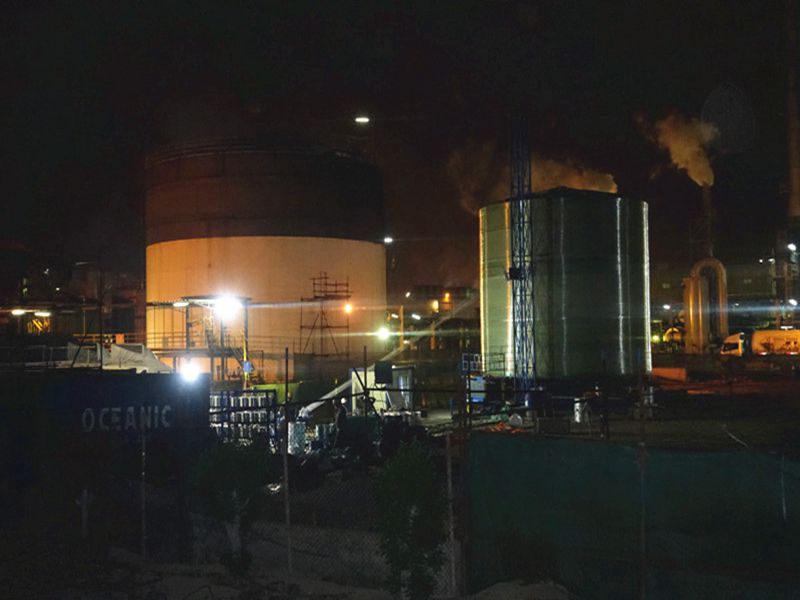
-
 Afrikaans
Afrikaans -
 Albanian
Albanian -
 Amharic
Amharic -
 Arabic
Arabic -
 Armenian
Armenian -
 Azerbaijani
Azerbaijani -
 Basque
Basque -
 Belarusian
Belarusian -
 Bengali
Bengali -
 Bosnian
Bosnian -
 Bulgarian
Bulgarian -
 Catalan
Catalan -
 Cebuano
Cebuano -
 China
China -
 China (Taiwan)
China (Taiwan) -
 Corsican
Corsican -
 Croatian
Croatian -
 Czech
Czech -
 Danish
Danish -
 Dutch
Dutch -
 English
English -
 Esperanto
Esperanto -
 Estonian
Estonian -
 Finnish
Finnish -
 French
French -
 Frisian
Frisian -
 Galician
Galician -
 Georgian
Georgian -
 German
German -
 Greek
Greek -
 Gujarati
Gujarati -
 Haitian Creole
Haitian Creole -
 hausa
hausa -
 hawaiian
hawaiian -
 Hebrew
Hebrew -
 Hindi
Hindi -
 Miao
Miao -
 Hungarian
Hungarian -
 Icelandic
Icelandic -
 igbo
igbo -
 Indonesian
Indonesian -
 irish
irish -
 Italian
Italian -
 Japanese
Japanese -
 Javanese
Javanese -
 Kannada
Kannada -
 kazakh
kazakh -
 Khmer
Khmer -
 Rwandese
Rwandese -
 Korean
Korean -
 Kurdish
Kurdish -
 Kyrgyz
Kyrgyz -
 Lao
Lao -
 Latin
Latin -
 Latvian
Latvian -
 Lithuanian
Lithuanian -
 Luxembourgish
Luxembourgish -
 Macedonian
Macedonian -
 Malgashi
Malgashi -
 Malay
Malay -
 Malayalam
Malayalam -
 Maltese
Maltese -
 Maori
Maori -
 Marathi
Marathi -
 Mongolian
Mongolian -
 Myanmar
Myanmar -
 Nepali
Nepali -
 Norwegian
Norwegian -
 Norwegian
Norwegian -
 Occitan
Occitan -
 Pashto
Pashto -
 Persian
Persian -
 Polish
Polish -
 Portuguese
Portuguese -
 Punjabi
Punjabi -
 Romanian
Romanian -
 Russian
Russian -
 Samoan
Samoan -
 Scottish Gaelic
Scottish Gaelic -
 Serbian
Serbian -
 Sesotho
Sesotho -
 Shona
Shona -
 Sindhi
Sindhi -
 Sinhala
Sinhala -
 Slovak
Slovak -
 Slovenian
Slovenian -
 Somali
Somali -
 Spanish
Spanish -
 Sundanese
Sundanese -
 Swahili
Swahili -
 Swedish
Swedish -
 Tagalog
Tagalog -
 Tajik
Tajik -
 Tamil
Tamil -
 Tatar
Tatar -
 Telugu
Telugu -
 Thai
Thai -
 Turkish
Turkish -
 Turkmen
Turkmen -
 Ukrainian
Ukrainian -
 Urdu
Urdu -
 Uighur
Uighur -
 Uzbek
Uzbek -
 Vietnamese
Vietnamese -
 Welsh
Welsh -
 Bantu
Bantu -
 Yiddish
Yiddish -
 Yoruba
Yoruba -
 Zulu
Zulu
exploring efficient methods for streamlining frp laundering
Exploring Efficient Methods for Streamlining FRP Laundering
Fiber Reinforced Polymer (FRP) has become a prevalent material in various industries due to its lightweight, high strength, and corrosion resistance properties. However, one of the challenges associated with using FRP is the need for effective laundering processes, especially when it comes to recycling and reusing these materials. The need for efficient methods for streamlining FRP laundering is becoming increasingly critical as the demand for sustainable practices grows. This essay explores various methodologies and innovations aimed at enhancing FRP laundering efficiency.
Firstly, understanding the composition of FRP is crucial in developing effective laundering techniques. FRP is made up of composite materials that typically include a polymer matrix reinforced with fibers such as glass, carbon, or aramid. Different types of FRP require specific laundering processes, and one-size-fits-all solutions are often ineffective. Therefore, it is essential to categorize FRP types and develop tailored laundering strategies to maximize the recovery of the fibers and resin without compromising their integrity.
One promising method for streamlining FRP laundering is through the use of chemical recycling. This process involves breaking down the polyester or vinyl ester resins used in FRP back into their monomeric forms. For example, certain solvents can selectively depolymerize the resin, allowing for the separation of the fibers. Innovations in solvent systems that minimize environmental impact while maximizing recovery rates are crucial. Researchers are exploring bio-based and less toxic solvents that can efficiently dissolve FRP resins, making the recycling process both effective and sustainable.
Mechanical processes also play a significant role in the laundering of FRP. Techniques such as shredding and grinding can be employed to reduce FRP materials into smaller sizes, making the separation of fibers and resin easier. Advances in machinery that can handle different FRP types while maximizing throughput and minimizing contamination is vital to streamlining the process. The integration of automated systems that monitor and adjust operational parameters in real-time can significantly enhance efficiency and consistency in the laundering process.
exploring efficient methods for streamlining frp laundering

Moreover, the development of advanced separation technologies, such as air classification and electrostatic separation, can further optimize FRP laundering. Air classification employs airflow to separate lighter materials from denser ones, effectively isolating fibers from resin-rich fractions. Meanwhile, electrostatic separation can exploit differences in electrical charge between the resin and reinforcement fibers, leading to efficient separation. These innovations not only improve recovery rates but also reduce the energy consumption typically associated with traditional washing and sorting methods.
Another aspect to consider is the role of education and training for personnel involved in FRP laundering. Equipping workers with knowledge about the specific requirements and best practices for laundering different FRP types can drastically improve operational efficiency. Regular training sessions and workshops can foster a culture of continuous improvement and innovation within organizations, leading to more effective laundering protocols.
Finally, fostering collaboration between industry stakeholders, researchers, and technology developers is essential to advancing FRP laundering methods. By sharing insights, challenges, and breakthroughs, the industry can collectively work toward more robust solutions. Joint ventures can lead to the establishment of standardized practices that ensure efficiency, safety, and environmental compliance in FRP laundering.
In conclusion, as the use of Fiber Reinforced Polymers continues to expand, the need for effective laundering methods becomes more pressing. Chemical recycling, mechanical processing, advanced separation technologies, personnel training, and industry collaboration are key factors in streamlining FRP laundering. By focusing on these areas, the industry can not only improve recycling rates and resource recovery but also align more closely with global sustainability goals, paving the way for a greener future in composite material use.









